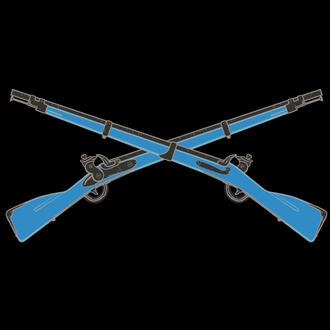
"QUEEN OF BATTLE"
A brief history of the name.
Sir William Napier, a tough and gritty figure from the 19th century, once famously said, "Infantry is the Queen of Battles." This sentiment, echoing the strength and endurance of foot soldiers, was already floating around in the air back in the days of the Assyrian king Ashurbanipal. Picture this: Ashurbanipal's army, as described by Mr. G. Maspero in 1892, was a band of warriors – for every ten cavalry and each chariot, there stood a hundred foot soldiers, true fighters, embodying the idea that the infantry was indeed the queen of the Assyrian battles.This wasn't just a fleeting thought. Way back in history, during battles like Crecy in 1346 and Agincourt in 1415, the infantrymen, armed with their mighty English longbows, showed their sheer dominance. Imagine these scenes: at Crecy, the French crossbowmen couldn't keep up with the rapid fire of the English bowmen. At Agincourt, the French cavalry, despite their numbers, were overwhelmed by a barrage of arrows from the outnumbered English, led by the young and fierce Henry V. These were moments where the camaraderie, skill, and endurance of infantrymen shone through, proving themselves as the backbone of victory.Even up to the First World War and beyond, the phrase "queen of battle" remained a staple in military texts. It's like the queen in chess – she moves with freedom and power, dominating the board. This perfectly mirrors the role of the infantry on the battlefield: versatile, powerful, and often the deciding factor in the outcome of the conflict. Meanwhile, the king, though important, is more vulnerable and depends on others for protection. Just like in chess, on the battlefield, it's the grit and strength of the infantry, these relentless fighters, that often turns the tide.